Revival of lost Tradition—Making of Samarkandi Mulberry paper
By Agha Iqrar Haroon
Samarkand is known for maintaining and occasionally reviving its centuries-old traditions. Mulberry paper making that is popularly known as “Silk paper” in Central Asia was a tradition of Samarkand for hundreds of year ago before this tradition was buried under the dust of industrialisation in former USSR.
Samarkand used to produce best mulberry paper in Silk Road countries—the better then China —that is considered the birthplace of papermaking. If someone does not believe this notion that Samarkand was the best to produce silk paper (mulberry paper), he should see, touch and feel priceless manuscripts of eminent scholars such as Abu Ali Ibn Sina, Al Biruni and Al Fargani that were written on Samarkandi Silk paper.
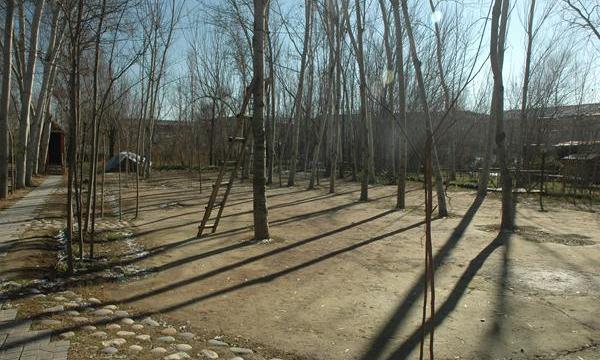
Mulberry paper making died with advent of Soviet rule because that brought industrialisation of all most everything therefore tradition of homemade papermaking was just evaporated under the heat of machines.
Production of mulberry paper from the bark of the mulberry tree started in Samarkand around the 8th century. City became the first paper manufacturing center in Central Asia. Before this the locals used papyrus and parchment for paper making but these materials were very expensive to produce.
According to folklores, Arab rulers of Samarkand captured a number of Chinese craftsmen and travelers during the Battle of Talas that took place in 750 AD. They were taken away from the city and were jailed at Koni Gil, a suburban area of the then Samarkand. They started manufacturing mulberry papers and knowledge was transferred to local people of Samarkand. This is same place from where rival of Mulberry paper started around 13 years ago. In 2001, the first factory of Mulberry paper was setup in Koni Gil—the birthplace of Samarkand paper.
I had an opportunity to meet owner of this factory whose name is Zarif Mukhtarov. He is producing mulberry paper by using 8th century techniques and without mixing any chemical because he believes revival of traditions must be pure without mixing of new techniques or chemicals.
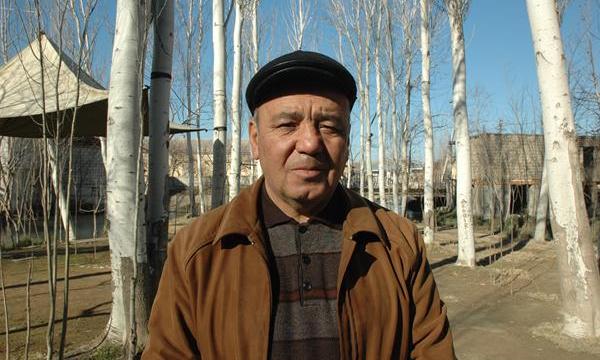
I was brought to this factory by my host in Samarkand Mr. Ravshan of Silk Road Destinations who drove me to the village of Koni Ghil that is around 5km away from main city of Samarkand. Mukhtarov greeted us on the gate of his factory cum workshop and briefed me point to point steps of mulberry paper making.
I was told by Zarif Mukhtarov that Zaheerudin Babar who established Mogul dynasty in Hindustan (Baghaldesh, India and Pakistan) wrote in his Babornama (autobiography of Zaheerudin Babar) that he found Samarkandi mulberry paper as the best in the whole world. His autobiography is also written on same paper—Samarkandi paper.
Zarif Mukhtarov is a ceramist by profession. He attended a UN conference in 1995 dedicated to lost culture in Uzbekistan. Samarkand paper was one of the topics, and he started to dream of rediscovering how to make it. After five years of experiments with cotton, rag waste and flax, he found technique of making best paper from the bark of the mulberry tree, which grows all over Samarkand.
He started is paper making workshop at Koni Gil—the birthplace of Samarkand paper for following and reviving the tradition of Samarkandi paper making.
The hammer of his factory is powered by watermill as it was in 8th century paper making. According to historical record, there were 400 watermills around Samarkand, many of them were in Koni Ghil village.
How mulberry paper is made?
The leafless branches of mulberry tree are soaked and boiled to loosen the outer bark. Inner bark is stripped and then they are boiled for five hours then the bark fibre becomes soft. Bark fibre is put in a wooden hammer that is powered by watermill to make the bark further softer. Then bark is added in water to form loose pulp. The pulp is taken out with a strainer and water is drain through this process and then the paper is put under press for 24 hours. Finally, each sheet of paper is polished with a shell. Polishing paper sheet with sea shell is truly innovation of people from Samarkand in past because traditional Chinese paper was rough and not pressed and polished. South East Asian mulberry papers including from China, Japan and Thailand were rough paper because people wrote with a brush in these countries while Central Asia had tradition to use feather as Kalm (pencil) for writing that and this type of writing needed a soft paper therefore polishing of paper started in Samarkand.


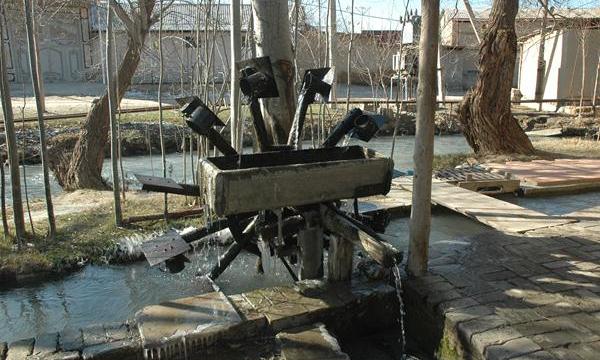
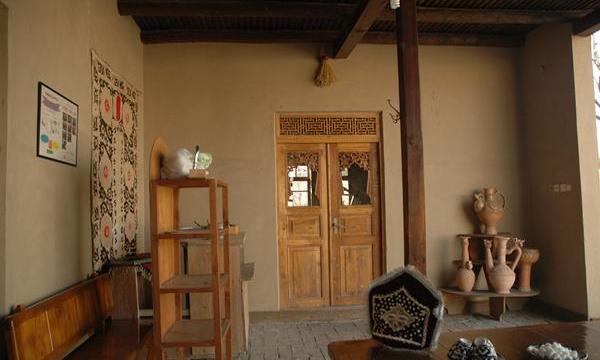
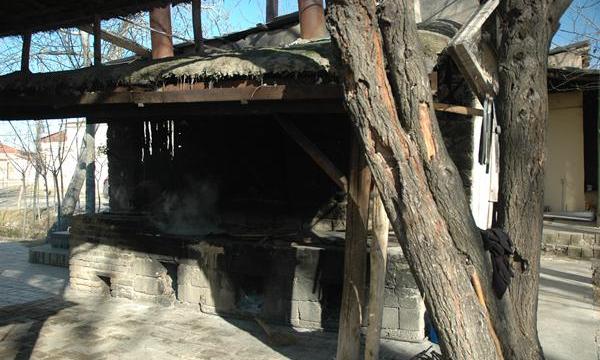


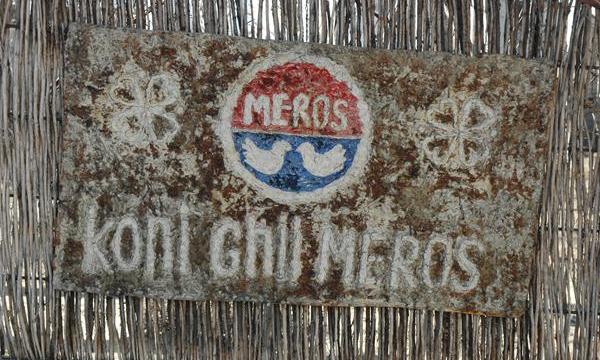

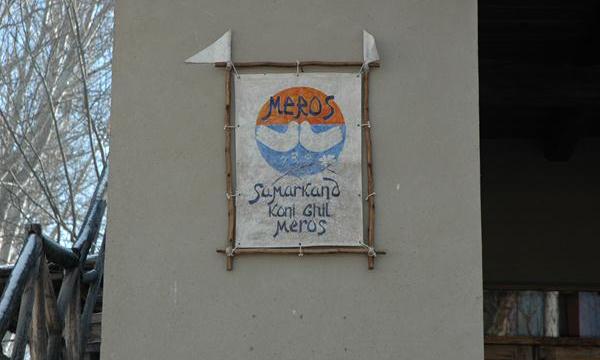
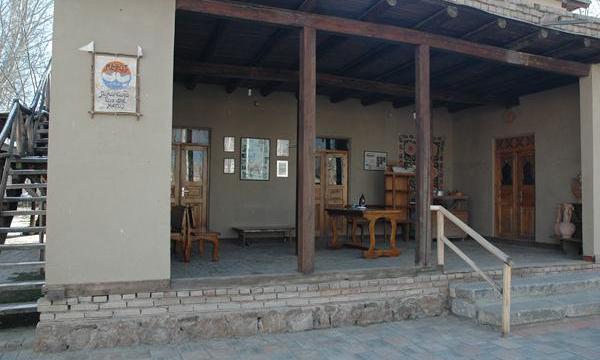
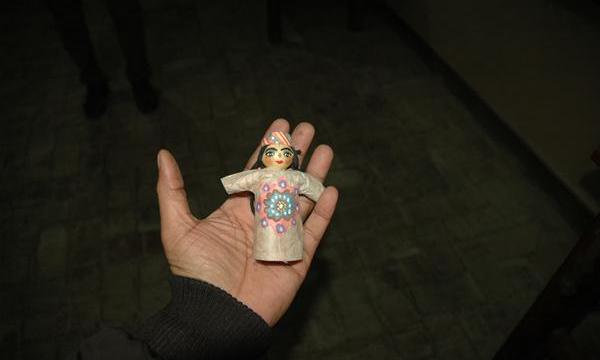
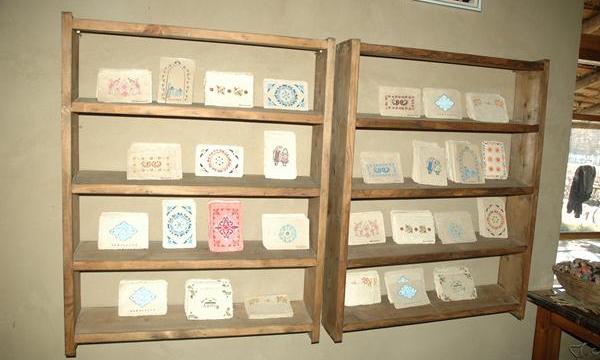
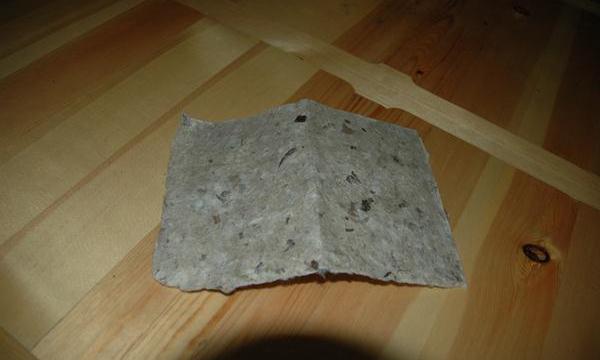
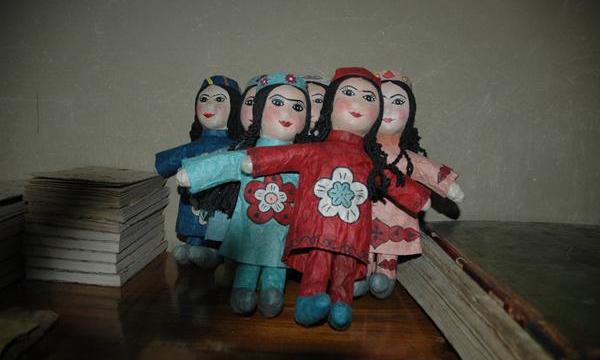
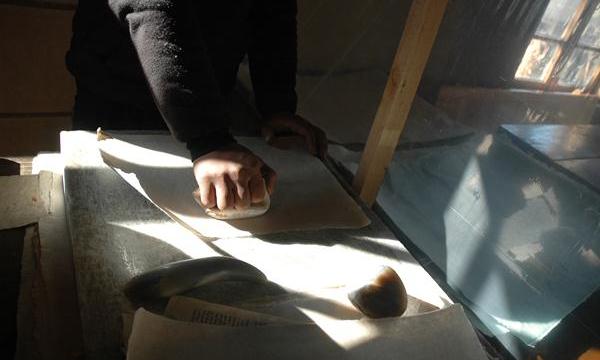
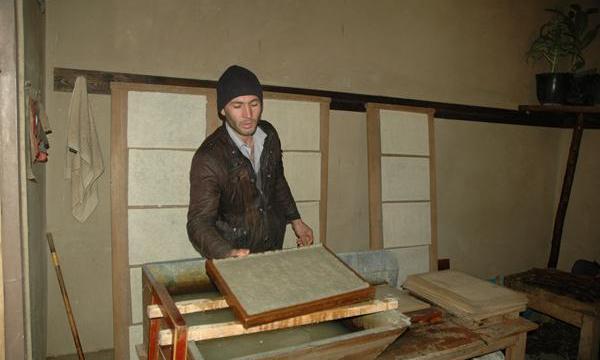


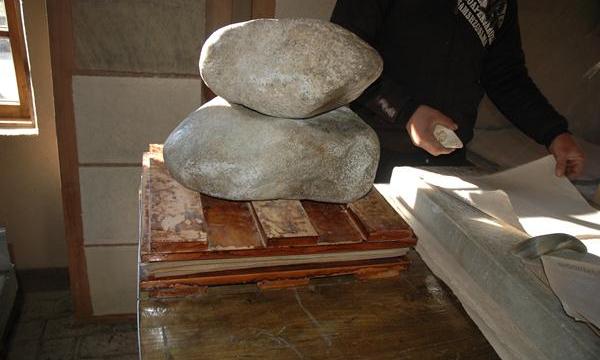
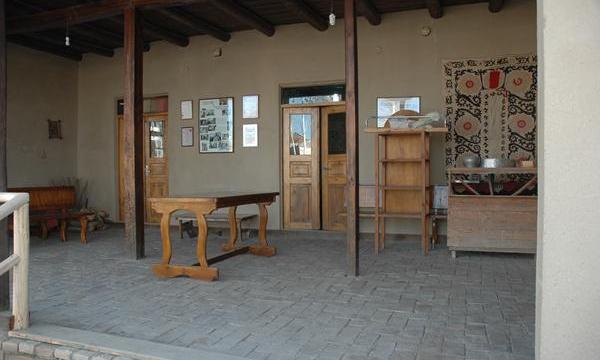
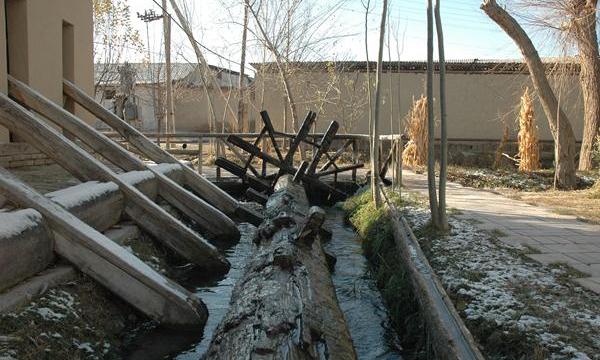

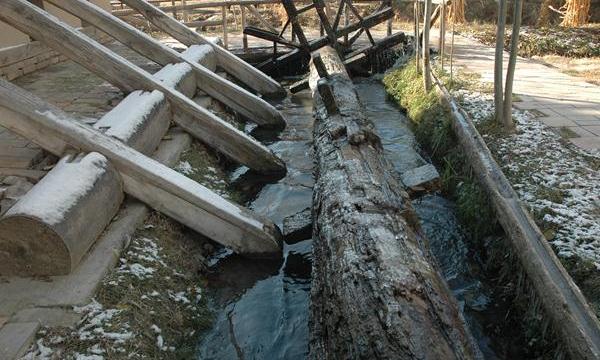
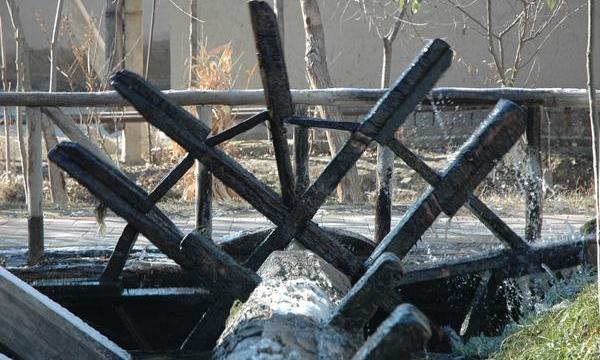
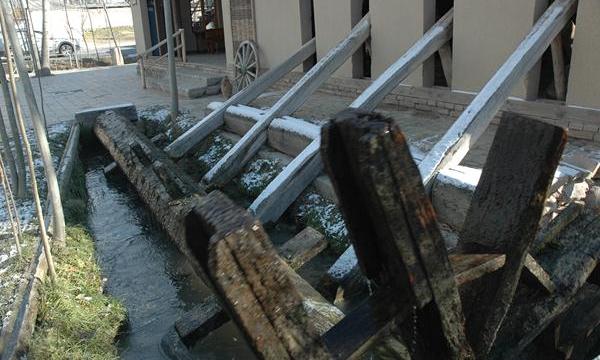
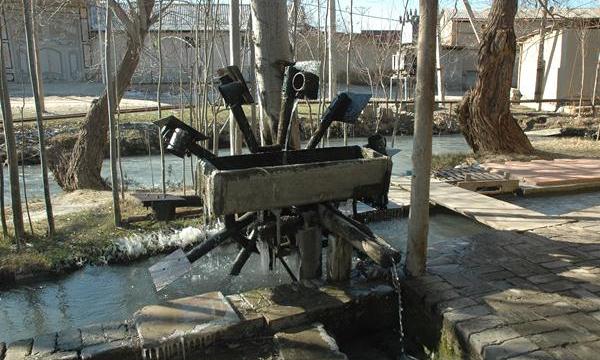
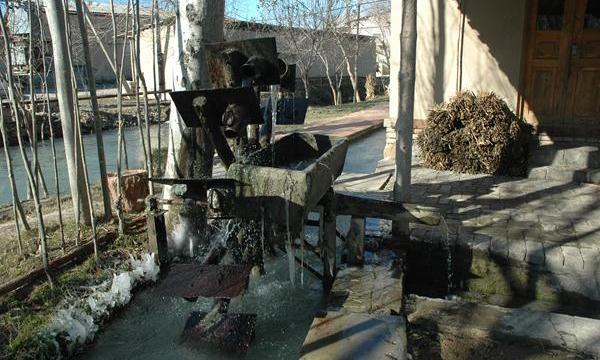

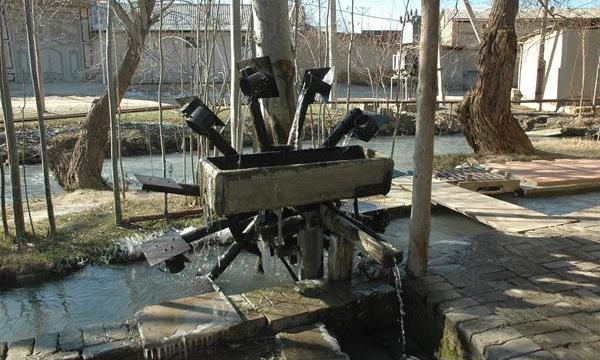
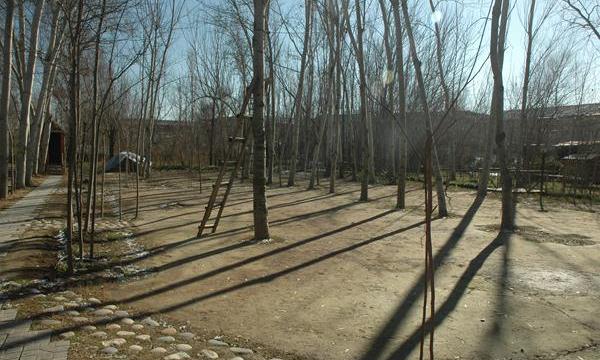
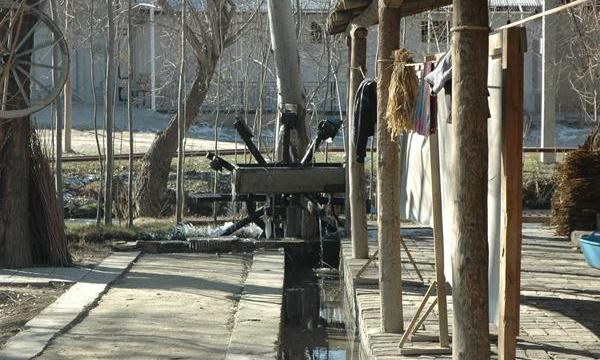
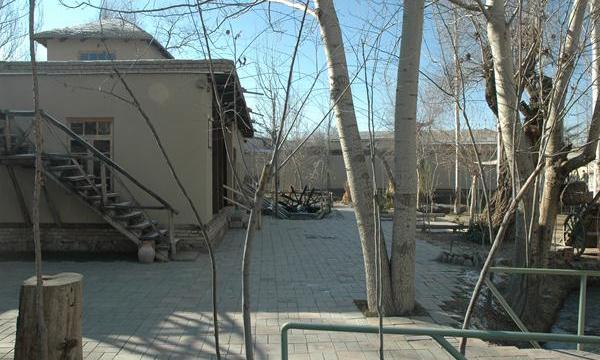
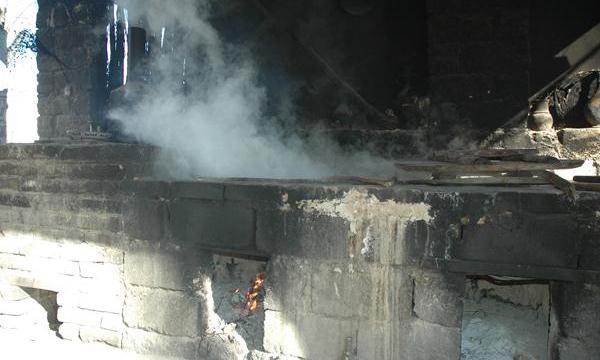
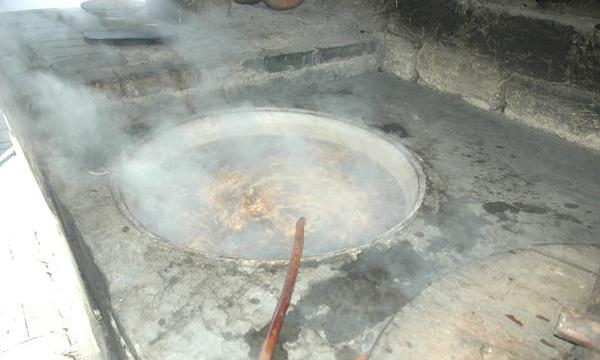
Zarif Mukhtarov believes that paper produced by him has a lifespan of many centuries and can last even for 2,000 years. It is also protected from mice because mice cannot digest mulberry bark.

Following steps are taken for Mulberry can make easier someone to understand the process of this paper making:
Getting mulberry tree bark
Cutting the mulberry tree bark
Processing by boiling and hammering bark
Mixing the bark (that get the form of pulp after boiling and hammering) with river water
Filtering the mass with strainer net
Pressing the paper pulp
Drying of paper on board or glass
Polishing the surface of paper
Zarif Mukhtarov makes different products from this paper including men’s shirts. You can buy products of many colours from his factory and he adds only natural colours and no chemical is added in any stage of papermaking or product making. He makes puppets, notepads, wallets, masks, greeting cards, bags, shopping bags and diaries from mulberry paper.
If you are in Samarkand, you should visit his place before departing this city of surprises. Name of his factory is “Meros” that means Traditions and there is no doubt that he has revived lost tradition of Samarkand—-Samarkandi silk paper.
